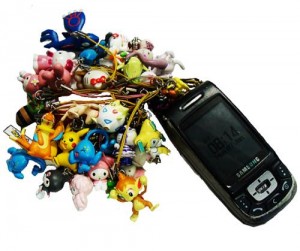Main Piece:
The informant recited a rhyme that she remembered from elementary school.
“Lemonade (clap, clap, clap)
Crunchy ice (clap, clap, clap)
Sip it once (clap, clap, clap)
Sip it twice (clap, clap, clap)
Lemonade, crunchy ice, sip it, once sip it twice
Turn around, touch the ground
Freeze”
The informant explained after one girl said freeze you lost by being the first person to move, so the girls would stay frozen for as long as they could.
Background:
The informant explained that there were many rhymes that she and her classmates would turn into games. Having these rhymes memorized was seen as being really cool or made you more popular, according to the informant. This occurred at a public, co-ed elementary school in a suburb of the midwestern United States.
Context:
This game would be played between two girls. The informant explained they would normally play when they were waiting in line between classes or after recess to pass the time.
Thoughts:
Rhyming games like this one exist in many iterations all over globe but the emphasis on lemonade and ice in this rhyme seems particularly American. It also evolves into a competition by the end to make the game carry on beyond the words. School girls can use these rhymes to develop friendships and bond with one another. It creates a small community of girls that can all join in on something similar and play with one another in an organized fashion. This form of folklore holds significance in childhood and also evokes nostalgia for adults. The informant explaining this to me was an adult but recalled this rhyme with ease.



